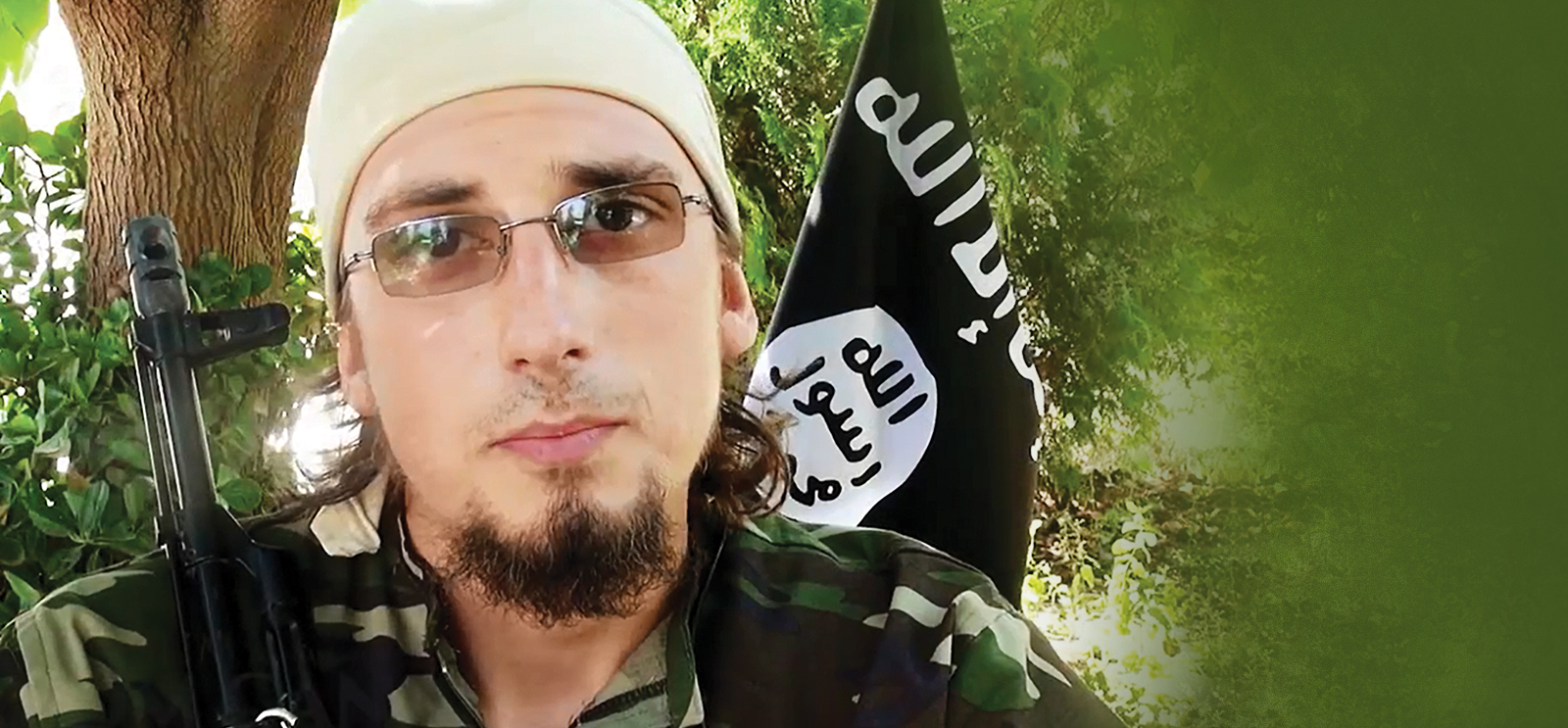
What is the Islamic State’s appeal for young people? How do propaganda videos produced by extremist organizations actually incite violence?
Recent terrorist attacks around the world have reraised these questions, which long have intrigued terrorism experts and policy makers. To determine how cultures of martyrdom mobilize support for violence, especially suicide attacks, UChicago political scientists have joined with neuroscientists to examine the neurological processes that create sympathy toward extremist groups.
Robert Pape, PhD’88 (Political Science), professor of political science, and Jean Decety, a social neuroscientist and the Irving B. Harris Distinguished Service Professor in Psychology and Psychiatry, lead the Social and Neurological Construction of Martyrdom Project. The Department of Defense has funded the project for $3.4 million over five years, hoping to help prevent recruitment by extremist organizations.
[[{"type":"media","view_mode":"media_original","fid":"3449","attributes":{"alt":"","class":"media-image","height":"294","typeof":"foaf:Image","width":"500"}}]] Pape (left), a political scientist, and Decety (right), a social neuroscientist, collaborate to reveal the science behind terrorism recruitment. (Photography by Yuxuan Li; photo courtesy Jean Decety)
Since 2011, tens of thousands of foreign recruits from more than 100 countries have flocked to Syria and Iraq to fight for the Islamic State, also known as ISIS or ISIL. In the past decade, social networks have allowed recruitment videos to be distributed quickly across the globe. “Martyr videos,” which document suicide bombers’ last testaments, have inspired new recruits to turn violent.
Pape, who directs the Chicago Project on Security and Terrorism, and his team have compiled propaganda videos from extremist groups, including the September 11 hijackers, the July 2005 suicide bombers in London, and suicide attackers from Palestinian groups in Iraq and Lebanon. They’ve conducted surveys around the world “to gauge audience reaction and figure out what makes the videos appeal and what doesn’t,” he says. “Until now, there has not been a method to study whether it is a message’s intellectual content or emotional impact that resonates with a viewer.”
[[{"type":"media","view_mode":"media_original","fid":"3448","attributes":{"alt":"","class":"media-image","height":"399","typeof":"foaf:Image","width":"500"}}]] To measure extremist organizations’ influence, the researchers use functional MRI to see which brain circuits “light up” when survey participants watch recruitment videos. (Image courtesy the Chicago Project on Security and Terrorism)
He and Decety will incorporate methods used in neuroscience and psychology to complement the existing research. Combining functional magnetic resonance imaging (fMRI) technology and specific psychological tests to identify patterns of brain activity in young survey participants who are shown propaganda videos, “neuroscientists can see what circuits of the brain ‘light up’ when specific messages are heard,” Decety says, “and uncover exactly what is happening in the brain when an individual is persuaded to change their beliefs.”
“The methodology will enable us to predict whether violent extremist organization appeals resonate with and influence the receiver,” says Decety, who directs the Social Cognitive Neuroscience Laboratory (scnl.org) and the Child NeuroSuite. Eventually, he says, the project will help “to create a whole new pool of knowledge and powerful tools in preventing future recruitment by extremist organizations.”
In the first phase, the political science team will analyze videos produced by violent extremist organizations and conduct a comparative study of martyrdom cultures across all groups. Pape’s team has tapped UChicago’s alumni, in fact, showing the full videos to experts in political campaigning, art history, and rhetoric, as well as to activists and refugee workers. Having professionals in political campaign videos, for instance, share what they find puzzling, attractive, or repulsive, Pape says, “is helpful as we begin to form the more detailed hypotheses for the experiments.”
The second phase will use fMRI and specific psychological assessments to determine the neural pathways through which martyrdom appeals evoke viewers’ sympathy—or apathy or antipathy. Later Pape and Decety plan to take their research to Turkey to study viewers closer to the zone of conflict to see how they differ from Chicagoland participants.
Upon completion, the UChicago scholars will develop a detailed analysis of violent extremist organizations’ communication strategies and a breakdown by region and campaign. The final report will include a set of indicators that can predict a population’s susceptibility to persuasive videos distributed by the Islamic State and similar groups.
Pape considers it a unique approach to bring together political scientists and neuroscientists on such a project. “We’ve never had these two streams of research married together to work hand in hand before,” he says.
Decety hopes the project will encourage others to combine political science, psychology, and social neuroscience in new ways. “We are hoping that we can use this study as a platform to build more quality political neuroscience,” he says, “and to see how neuroscience can inform political theories of attitude change, of opinions.”
